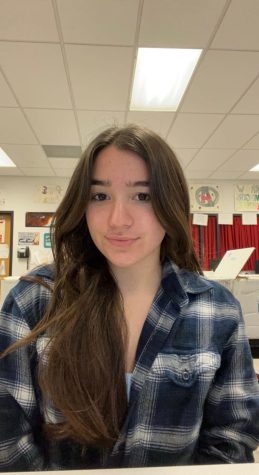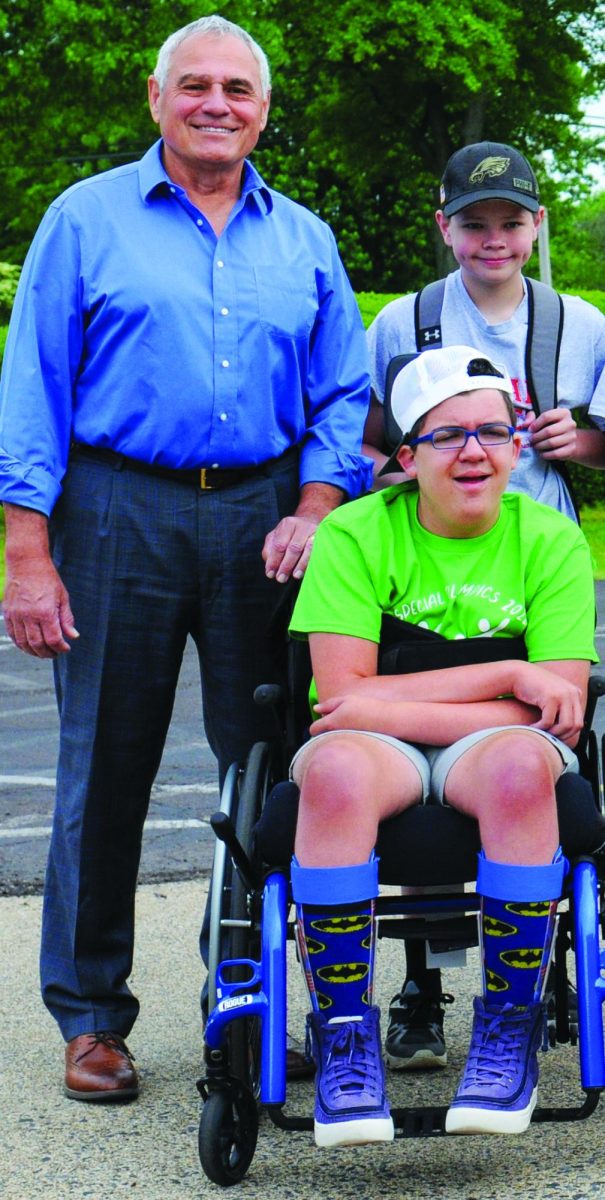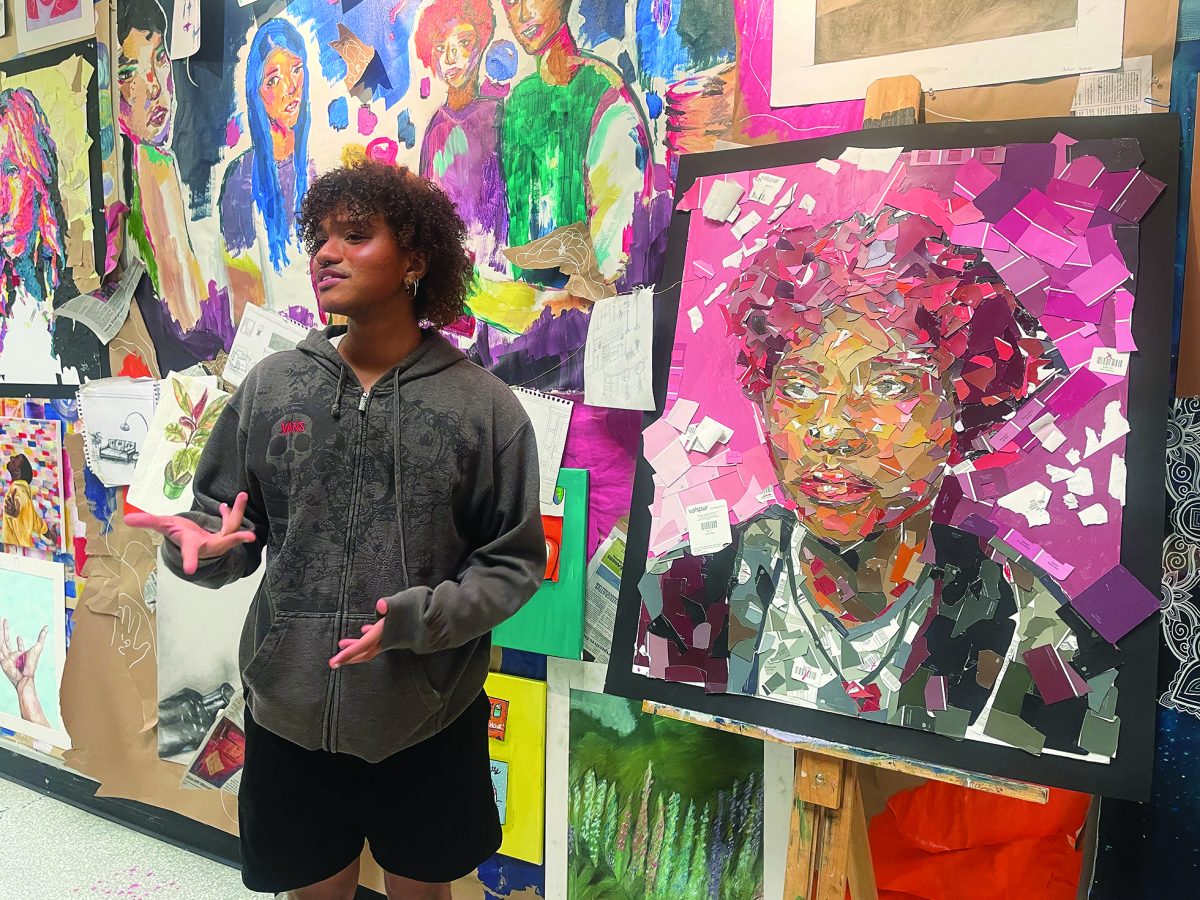To ensure Souderton’s students have access to the best educational experience possible, about 80% of the student body returned to in-person schooling five days a week wearing masks and following social distancing guidelines starting September 29. The district ran on a hybrid schedule for the three weeks leading up to September 29.
Principal Sam Varano was present for the transition from a hybrid model to having the entire student body in the building five days a week.
“My first reaction was the typical reaction to change, that ‘Oh man, why don’t we just keep rolling with this hybrid, it’s working?’ And it was the first thing that had been consistent in our lives in school since March. But I knew that this was the end goal and I thought it was a good end goal,” Varano said.
According to Varano, in-person learning was placed as a huge priority of the 2020-21 school year. Most of Souderton’s administration believes that while online school is a viable option for some students, it is not sustainable for the entire student body.
Superintendent Frank Gallagher supports this belief. His recommendation to the school board was for in-person learning, if possible.
“I do believe the best place for students to learn is in school with their peers and friends,” Gallagher said.
Varano places the value of human interaction as much greater than the minimal health risk of the student body being physically together.
According to Varano, there is no liability for the school district to have the student body in-person.
“If someone gets sick, someone may come and blame the school. They may. I just don’t think they’ll have success,” Varano said.
Varano recognizes the fact that there is no guarantee that the student body will be able to stay in-person the entire year, but he believes that getting as much time in person is important.
“Granted, we could have a few cases that could shut us down in no time. But we’ve at least got started in the right way,” Varano said.
Both Gallagher and Varano share similar faith in the ability of the student body during this time. They have seen that students want to be in school and are willing to wear masks and abide by the new guidelines to do so.
“I think people want to stay in school so they’re trying to make it work,” Gallagher said.
As for being in the classroom, the new guidelines have posed some challenges, requiring teachers to innovate their teaching styles.
AP European history teacher Thomas Moll has spent the beginning of the school year figuring out how to maintain student interaction and conversation based learning during social distancing.
“I only teach AP [European History,] so the types of readings we do are sometimes complicated and it helps when you have a couple read it and work through it. And it’s harder to do with the situation now,” Moll said.
Moll has worked to find ways to support peer interaction while limiting exposure by doing independent reading and the shortened peer discussions afterwards, whereas previously the reading and discussion would’ve been done all together.
However, according to Moll, the small inconveniences faced are overwhelmed by the opportunities for connection that in-person learning provides.
“When we were thrown out of the building in March, I felt like I had something taken for me,” Moll said. He believes having a full classroom of kids supports comprehension in a way that cannot be easily replicated over virtual class.
He believed that the hybrid model was a step in the right direction and was happy to hear we would all return in person after the three weeks.
The hybrid model was used to help ease the student body and faculty back into the classroom and make sure it could be done safely. It lasted three weeks total, ending on September 29.
The first weeks of school the student body was split in half by last name alphabetically. A-L students and M-Z attended in-person school inversely to each other. The first week was deemed as orientation and the two groups went every other day. The second and third weeks, A-L attended school on campus Monday and Tuesday, Wednesday everyone was at home for office hours and independent work, and Thursday and Friday M-Z attended school in-person.
Students spent the days they were not in school at home on Microsoft teams meetings listening in to their classes or doing independent work.
After the three weeks were over, the entire student body returned to in person learning.
The district plans to continue to offer in-person learning available unless case numbers make it unsafe to do so.
Souderton schools open their doors to in-person learning
Abiding by social distancing guidelines, five day in-person learning began for the Souderton student body after using a hybrid model to ensure that students would be able to safely pursue their education.
About the Contributor

Julia Vizza, Co-Editor-in-Chief



